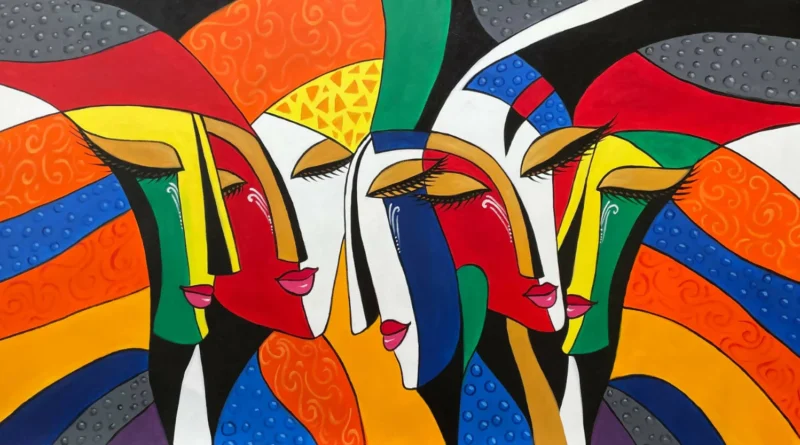The Evolution of Modern Art: From Impressionism to Contemporary
Art has always been a reflection of society, emotions, and personal experiences. As times change, so do the ways we perceive and express our thoughts through visual mediums. The evolution of modern art spans several movements, each challenging the norms of its time and reshaping the art world.
Impressionism: Breaking Boundaries
In the late 19th century, a group of artists in France began to break away from the formal traditions of academic painting. Artists like Claude Monet and Pierre-Auguste Renoir focused on capturing fleeting moments of light and color, rather than creating detailed, realistic scenes. Impressionism rejected the fine lines of realism, bringing a fresh, innovative approach to the depiction of everyday life.
Post-Impressionism: A Step Further
Building on the ideas of Impressionism, Post-Impressionist artists like Vincent van Gogh and Paul Cézanne pushed boundaries even further. They introduced more emotional and expressive brushwork, with an emphasis on color theory and the artist’s personal experience. Their works laid the foundation for the 20th-century movements that would follow.
Cubism and Abstraction: A New Way of Seeing
In the early 20th century, artists like Pablo Picasso and Georges Braque challenged the traditional perspective by breaking down objects into geometric shapes. This style, known as Cubism, sought to depict multiple viewpoints in a single piece of art, emphasizing the structure and form over realism. Following Cubism, artists like Wassily Kandinsky moved towards abstraction, creating works that were no longer tied to the physical world.
Surrealism and Expressionism: Delving Into the Unconscious
Surrealism, championed by Salvador Dalí and René Magritte, sought to explore the unconscious mind, dreams, and the irrational. Surrealist paintings often feature bizarre, dreamlike imagery that challenges the viewer’s perception of reality. Expressionism, with figures like Edvard Munch and Egon Schiele, emphasized intense emotion and distorted figures to convey personal angst, alienation, and inner turmoil.
Contemporary Art: A Global Movement
In the present day, contemporary art embraces a wide range of styles, techniques, and ideas. Artists like Banksy, Jeff Koons, and Yayoi Kusama are blending traditional methods with new media, installations, and performances. The digital age has expanded the definition of art, with virtual reality, social media, and interactive art gaining prominence. Modern art no longer belongs to a single medium or tradition, but thrives in an ever-evolving, globalized space.
Modern art is a testament to human creativity and the ongoing desire to push the limits of expression. As society continues to change, so too will the art that reflects our collective experience.

